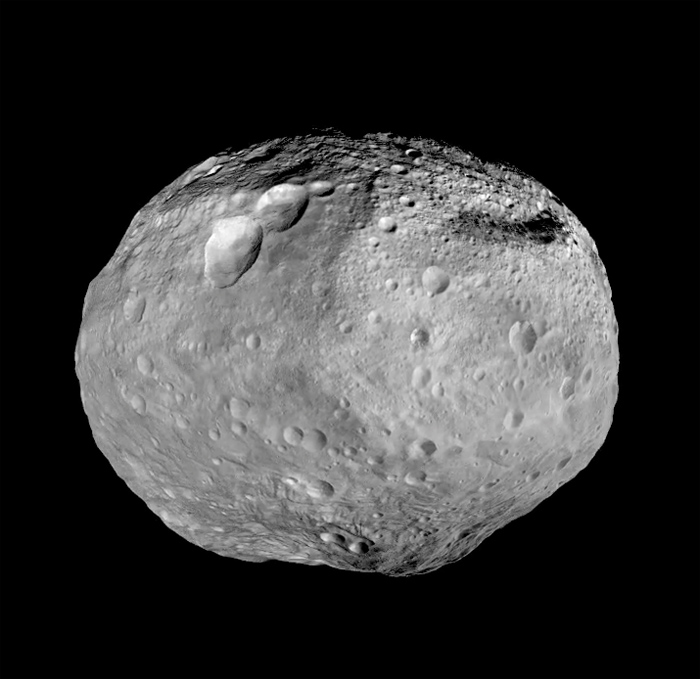
But, if the average velocity of the collisions is too high, the shattering of planetesimals dominates over accretion, and planet-sized bodies cannot form. This is exactly what happened in this region as the large gravitational influence of Jupiter accelerated the network of planetesimals so that they started to shatter each other, rather than to acrete into another individual object. In this sense the asteroid belt can be considered a relic of the primitive Solar System
In general, there are about 100,000 objects in the asteroid belt with diameters ranging from 1 km to 500 km. However, the shattering process produces a size distribution which is strongly weighted towards objects with small diameters. Thus, the vast majority of asteroids have diameters of around 1 km. The belt spans approximately 2 to 3.5 AU. A comprehensive resource on asteroids can be found here if you are interested in further reading.
The asteroids themselves still shatter each other and send debris throughout the solar system. Those events are the sources of meteorites on the Earth and meteor showers in the sky. As a result of these frequent encounters, most asteroids are irregular in shape and their surfaces are pockmarked with smaller craters:



